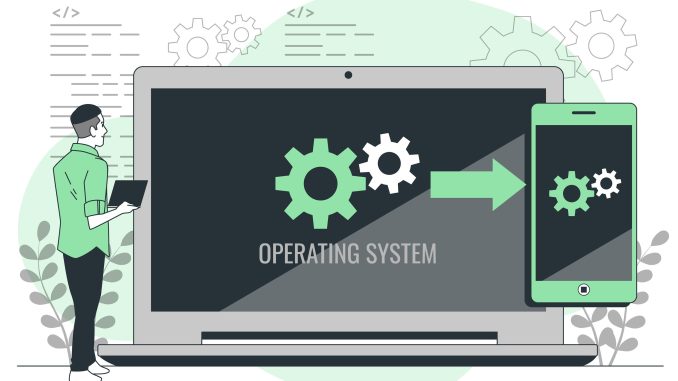
When deploying applications on AWS, one of the most crucial components is the Amazon Machine Image (AMI). It serves as the foundational blueprint for launching Elastic Compute Cloud (EC2) instances, ensuring consistency and efficiency in cloud deployments.
Understanding AMI
An Amazon Machine Image (AMI) is a pre-configured template that contains all the necessary software, operating system, and configurations required to launch an EC2 instance. Think of it as a snapshot of a server that can be replicated as needed, reducing setup time and enhancing scalability.
Key Components of an AMI:
- Operating System (OS): Linux, Windows, or macOS versions.
- Application Software & Dependencies: Pre-installed software required for specific workloads.
- System Configurations: Security settings, user permissions, and network configurations.
- Root Volume & Additional Storage: Determines how storage is allocated when launching an instance.
- Permissions: AMIs can be private (for personal use) or public (shared with others).
Types of AMIs
AWS offers different types of AMIs to suit diverse needs:
1. AWS-Managed AMIs
- Maintained by AWS, these come with pre-installed operating systems like Amazon Linux, Ubuntu, or Windows Server.
- Regularly updated for security and performance.
2. Marketplace AMIs
- Available on the AWS Marketplace, these AMIs are created by third-party vendors and come with specialized software like WordPress, cPanel, or SAP.
- Often require licensing or subscription.
3. Custom AMIs
- Businesses can create their own AMIs with specific software, configurations, and security settings.
- Useful for ensuring consistency across multiple EC2 instances.
4. Community AMIs
- Free AMIs shared by the AWS community.
- Users should verify security and compatibility before deploying them.
Benefits of Using AMIs
- Rapid Deployment: Launch pre-configured instances in minutes.
- Scalability: Easily scale up by launching multiple instances from the same AMI.
- Consistency: Maintain identical environments across different AWS regions.
- Cost Efficiency: Reduce setup time and manual configurations.
- Security: Control access by restricting permissions and using encrypted AMIs.
How to Create a Custom AMI
- Launch an EC2 instance with the desired OS and configurations.
- Install necessary applications and set up security settings.
- Navigate to the EC2 Dashboard → Actions → Create Image.
- Define AMI name, description, and permissions.
- Save and use the AMI to launch identical instances in the future.
Final Thoughts
Using Amazon Machine Images (AMI) is a smart approach to optimizing cloud infrastructure. Whether you need a standard OS, a pre-configured application stack, or a custom-built server image, AMIs help streamline the deployment process while enhancing security and efficiency.
“Looking to set up any application on AWS? Get started quickly with an optimized AMI! Contact us for expert assistance and let us handle the setup for you.”🚀
